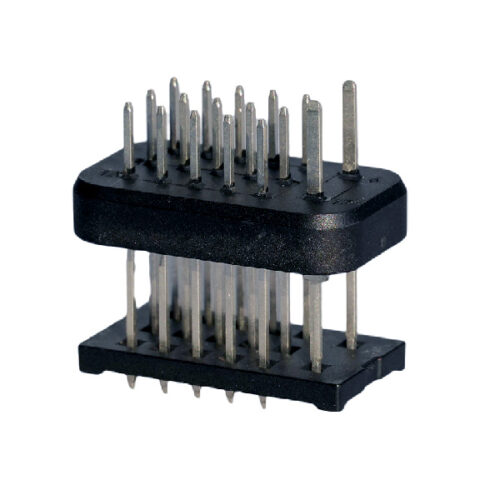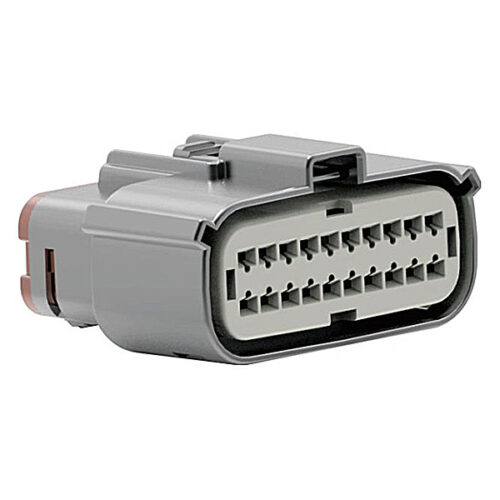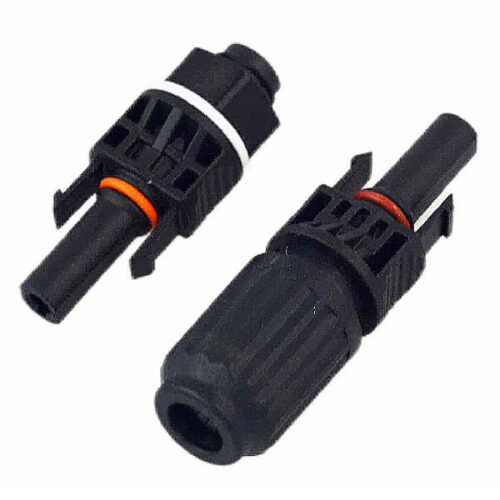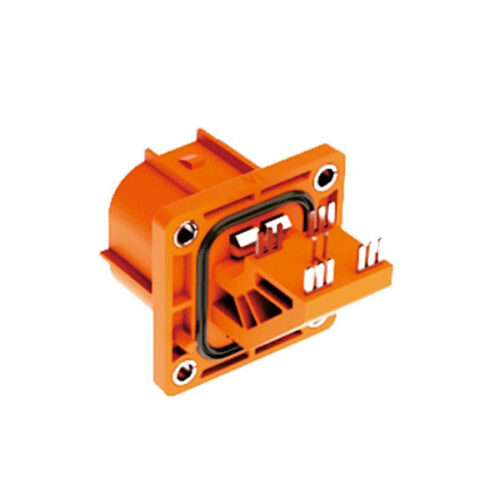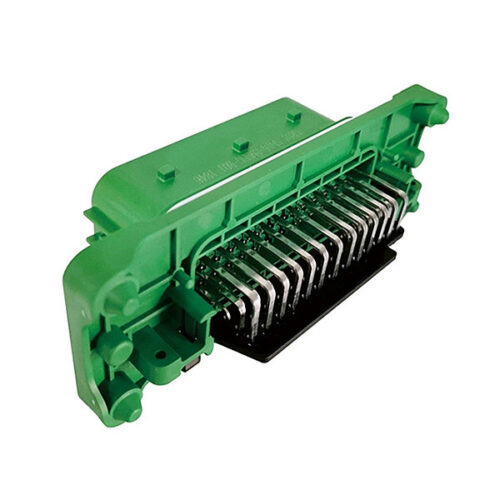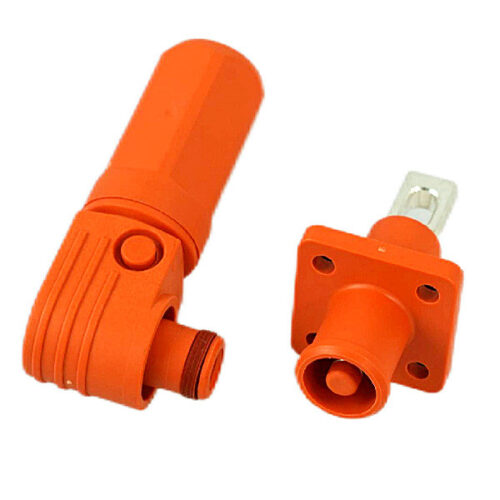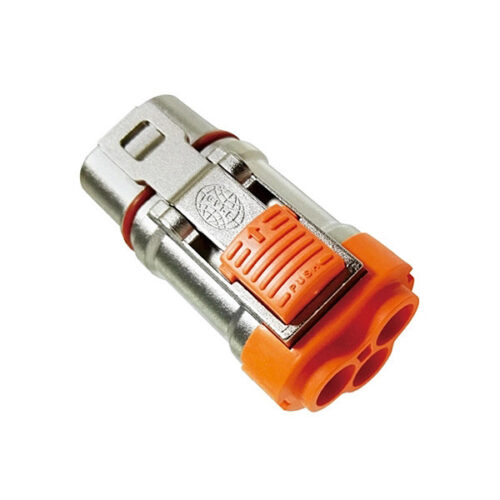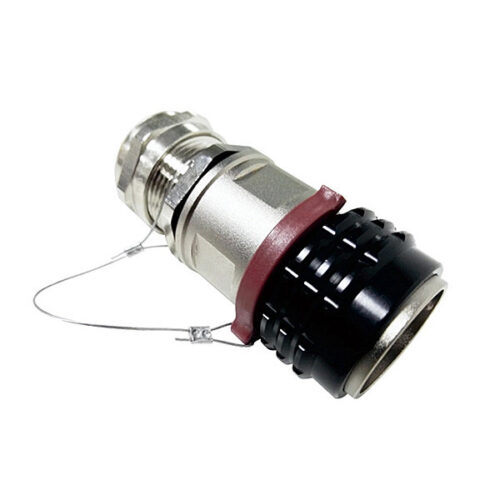Blogs & News
We are focus on automotive wiring harness & connectors technology.
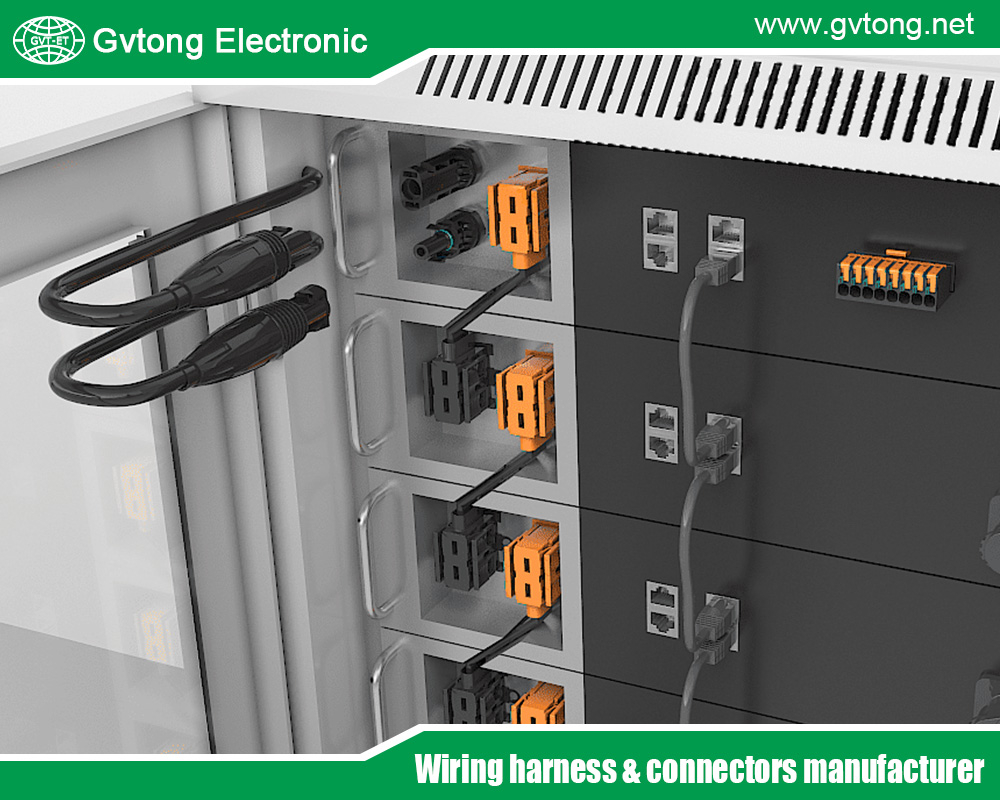
How Do High-Voltage Connectors Meet the Requirements of New Energy Vehicle Transmission Systems?
- Gvtong Electronic
- 2p 32p Automotive Connector Terminal Crimping, adas automotive connector, ADAS automotive connectors, ADAS automotive connectors manufacturer, ADAS automotive connectors supplier, Anti-vibration automotive connectors, Automated assembly connectors Cost-effective automotive connectors, automotive antenna connector, Automotive Coaxial Camera Connectors, automotive coaxial connector, automotive coaxial connectors, Automotive Connector and Cable Products, automotive connector companies, Automotive Connector Factory, automotive connector manufacturer, Automotive Connector Manufacturers in 2025, automotive connector manufacturers in china, automotive data connector, automotive electrical connector, automotive high - frequency, automotive High voltage connector, automotive hybrid connector, automotive Low voltage connector, automotive Oil-resistant Connectors, automotive optical fiber connector, automotive power distribution, Automotive shielded connectors, automotive Signal Connector, automotive vibration - resistant, automotive waterproof connectors, Blind-mate automotive connectors, High voltage connector, High-speed data connectors, High-temperature resistant connectors, high-voltage connectors, high-voltage connectors manufacturer, high-voltage connectors supplier, Low-contact resistance connectors, low-voltage connectors, low-voltage connectors manufacturer, low-voltage connectors supplier, Oil-resistant automotive connectors
- No Comments
How Do High-Voltage Connectors Meet the Requirements of New Energy Vehicle Transmission Systems?
The rapid evolution of new energy vehicles (NEVs), including electric vehicles (EVs), hybrid electric vehicles (HEVs), and plug-in hybrids, has revolutionized the automotive industry. At the heart of these vehicles lies the transmission system, which is responsible for efficiently transferring high-voltage electrical power from the battery to the motor and other components. Unlike traditional internal combustion engine vehicles, NEVs rely on high-voltage systems operating at voltages often exceeding 400V, and in some cases up to 800V or more, to achieve greater efficiency and range. High-voltage connectors serve as critical interfaces in these systems, ensuring reliable power transmission while maintaining safety and performance under demanding conditions.
High-voltage connectors must possess exceptional mechanical and environmental adaptability to withstand the rigors of automotive applications. Mechanically, they need to endure vibrations, shocks, and repeated mating cycles without compromising electrical integrity. Environmentally, they must resist extreme temperatures, moisture, dust, and corrosive elements that could lead to failures in the transmission system. These performances are not just desirable but essential, as any connector failure could result in power loss, safety hazards, or vehicle downtime.
The importance of these attributes stems from the unique challenges of NEV transmission systems. For instance, the high currents involved—often hundreds of amperes—generate significant heat, while the vehicle’s operation exposes components to road vibrations, temperature fluctuations, and environmental ingress. Standards bodies like the International Electrotechnical Commission (IEC), Society of Automotive Engineers (SAE), and national regulations (e.g., GB/T in China) have established rigorous requirements to ensure reliability. This article delves into the mechanical and environmental performances required for high-voltage connectors, with a focus on vibration resistance, temperature resistance, and protection levels. By examining common requirements and industry standards, we highlight how these connectors enable the safe and efficient operation of NEV transmission systems.
In the following sections, we explore the mechanical demands, such as vibration and shock resistance, followed by environmental factors including temperature extremes and ingress protection. Specific common requirements, drawn from global standards, will be outlined to provide a comprehensive understanding. Ultimately, these performances ensure that high-voltage connectors not only meet but exceed the expectations of modern NEV designs, paving the way for sustainable mobility.
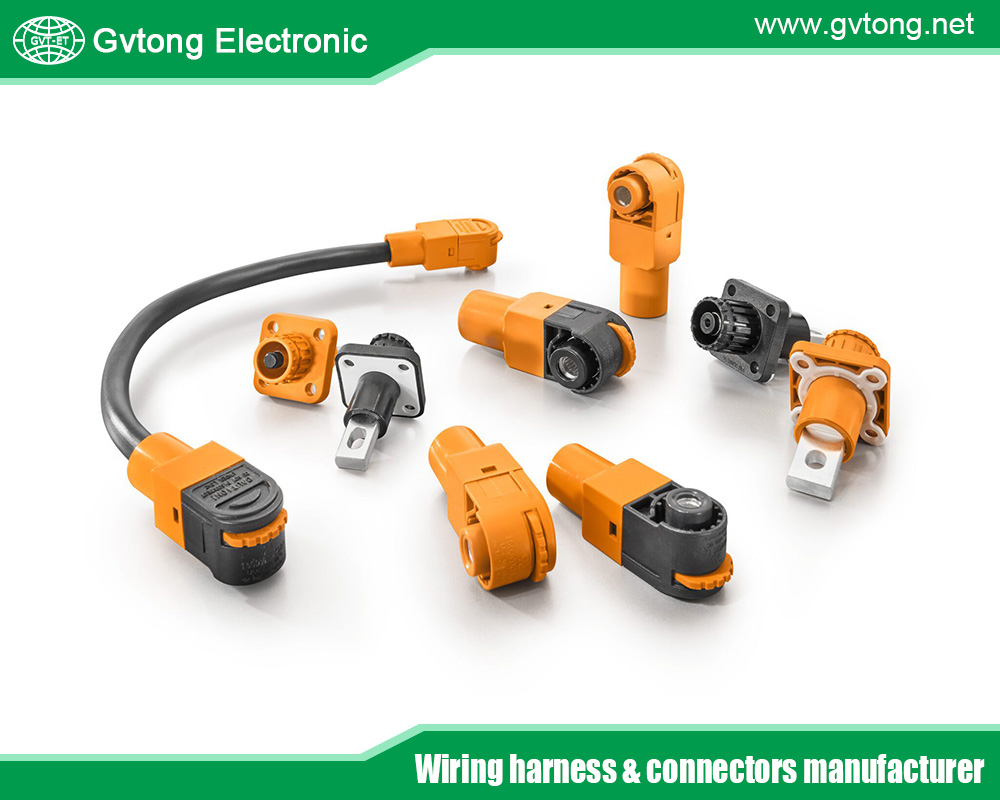
Overview of High-Voltage Connectors in NEV Transmission Systems
High-voltage connectors in NEVs are specialized components designed to handle voltages typically ranging from 300V to 1000V and currents up to 500A or more. They connect key elements of the transmission system, such as the battery pack, inverter, electric motor, and charging port. Unlike low-voltage connectors used in auxiliary systems, these must incorporate features like shielding to mitigate electromagnetic interference (EMI), interlocks for safety (e.g., high-voltage interlock loops or HVIL), and robust sealing to prevent arcing or short circuits.
The transmission system in NEVs is a high-stakes environment where efficiency directly impacts vehicle performance. Connectors must facilitate seamless power flow while adapting to dynamic conditions. Mechanical adaptability ensures structural integrity during vehicle motion, while environmental adaptability protects against external factors that could degrade performance over time. Failure modes, such as contact resistance increase due to vibration-induced wear or insulation breakdown from temperature cycling, underscore the need for stringent design criteria.
Industry trends show a shift toward lighter, more compact connectors using advanced materials like aluminum alloys for housings and copper alloys for contacts, often plated with silver or tin for corrosion resistance. Standardization efforts, including the LV series from European automakers and SAE USCAR specifications, guide manufacturers in achieving interoperability and reliability. As NEVs proliferate, with global sales projected to reach millions annually, the demand for adaptable connectors intensifies, driving innovations in design and testing.
Mechanical Performances Required for High-Voltage Connectors
Mechanical adaptability is paramount for high-voltage connectors in NEV transmission systems, as vehicles encounter constant motion, impacts, and operational stresses. These connectors must maintain secure connections, low contact resistance, and electrical continuity despite vibrations from road surfaces, engine harmonics (in hybrids), and acceleration forces. Key mechanical performances include vibration resistance, shock tolerance, insertion and retention forces, and mechanical life expectancy.
Vibration resistance is a critical aspect, as NEVs operate in environments with multi-axis vibrations that can loosen contacts or cause fretting corrosion—a phenomenon where micro-movements at contact interfaces lead to oxide buildup and increased resistance. Common requirements stipulate that connectors withstand vibration levels equivalent to those in automotive standards like ISO 16750-3 or SAE USCAR-2. For instance, vibration testing often involves random vibrations from 10Hz to 2000Hz at accelerations up to 5g or more, simulating real-world driving conditions. Level 3 vibration resistance is a standard benchmark, ensuring no degradation in performance after prolonged exposure. Bolt-connected designs excel here, providing superior stability for high-current applications like battery inputs, as they resist loosening better than plug-in types. Shock resistance complements vibration tolerance, addressing sudden impacts from potholes or collisions. Connectors must endure mechanical shocks of 50g for 11ms in multiple directions without dislodging or damaging internals, per standards like IEC 60068-2-27. This ensures the transmission system remains operational during accidents, preventing secondary hazards like electrical fires.
Insertion and retention forces are also vital for usability and reliability. Insertion force should not exceed 100N to facilitate easy assembly and maintenance, often aided by levers or slides in high-current connectors. Retention force, meanwhile, must be robust—typically over 80N for error-proofing—to prevent accidental disconnection. Secondary locking mechanisms, such as Connector Position Assurance (CPA) and Terminal Position Assurance (TPA), add layers of security, with CPA requiring forces up to 40N to engage, guarding against vibrations and external pulls. Mechanical life is another key metric, reflecting durability over repeated mating cycles. For power transmission connectors in the “big three” (battery, motor, inverter) and “small three” (charger, DC/DC converter, air compressor) systems, a lifespan of 50 to 100 cycles is common. Charging interfaces demand far more—up to 10,000 cycles—to accommodate frequent plug-ins. Crimp strength plays a role here, with compression ratios of 80-90% ensuring stable connections under vibration and inertial forces, tested for pull-off force and resistance stability. Error-proofing features, such as color-coding (often orange for high-voltage) and mechanical keying, prevent mismating, with forces exceeding three times the insertion force to avoid terminal damage. Overall, these mechanical performances ensure high-voltage connectors in NEV transmission systems deliver uninterrupted power, enhancing vehicle safety and longevity.
Environmental Adaptability Performances for High-Voltage Connectors
Environmental adaptability ensures high-voltage connectors in NEVs can operate reliably in diverse climates and conditions, from arctic cold to desert heat, and amid humidity, salt spray, or dust. These performances protect against degradation that could compromise the transmission system’s efficiency or safety. Key areas include temperature resistance, humidity and corrosion tolerance, and protection levels against ingress.
Temperature resistance is essential, as NEV components generate heat from high currents, and ambient conditions vary widely. Connectors must handle operating temperatures from -40°C to +125°C or higher, with storage ranges extending to -55°C to +150°C. Temperature rise during operation is strictly limited: typically less than 50K per IEC 60512, or up to 55K in some tests, to prevent overheating that could melt insulation or increase resistance.
This is evaluated in terminal connection, contact, and crimping areas, where factors like contact points, material conductivity, and crimping quality (≥85% duty cycle) minimize heat buildup. Thermal aging and shock tests simulate cycles, ensuring no cracking or loss of sealing after exposure to extremes.
Humidity and corrosion resistance address moisture-related failures, such as short circuits or oxidation. Connectors undergo damp heat cycling and salt spray tests per IEC 60068-2-52 or GB/T 2423.18, with mated states requiring resistance to severe conditions. Materials like UV-resistant plastics and corrosion-resistant platings (e.g., gold or silver) are used, with shielding layers maintaining <10mΩ resistance over the lifecycle to combat EMI and environmental degradation. Protection levels, denoted by IP ratings, are crucial for preventing dust and water ingress, which could cause arcing in high-voltage systems. Common requirements include IP67 for immersion up to 1m for 30 minutes, IP68 for continuous submersion, and IP6K9K for high-pressure jet cleaning. For touch protection, IPXXB or IPXXD prevents finger access to live parts in both mated and unmated states. Charging connectors often require IP54/IP55 when mated, while general transmission connectors aim for IP6K9K/IPX7.
Airtight testing at pressures like 47.8kPa verifies sealing integrity. Creepage and clearance distances, per IEC 60664-1, account for pollution degree 2 and reinforced insulation, ensuring no flashover in humid or contaminated environments.
These environmental performances collectively safeguard the transmission system, extending service life and reducing maintenance needs in varied global markets.
Common Requirements for Specific Aspects
Summarizing common requirements:
- Vibration Resistance: Level 3 per automotive standards; withstand 10-2000Hz at 5g; no performance loss post-testing.
- Temperature Resistance: Operating -40°C to +105°C; rise <50K-55K; thermal shock and aging per IEC.
- Protection Level: IP67/IP68/IP6K9K for dust/water; IPXXB/D for touch; salt spray per IEC 60068-2-52.These align with standards like SAE USCAR-2, IEC 62196-2, and GB/T series, ensuring global compliance.
Case Studies and Innovations
To illustrate, consider connectors like TE Connectivity’s IPT-HD Power Bolt series, rated IP67/IP68/IP6K9K, handling 1000V and high vibrations. Innovations include smart connectors with sensors for real-time monitoring of temperature and vibration, enhancing predictive maintenance.
In harsh environments, such as off-road NEVs, enhanced sealing and vibration-damping materials are employed. For example, in electric buses, connectors must endure constant urban vibrations while maintaining IP68 protection against rain and road salt.
Future trends point to higher voltages (up to 1500V) demanding even better insulation and cooling, with materials like silicon carbide contacts for improved thermal management.
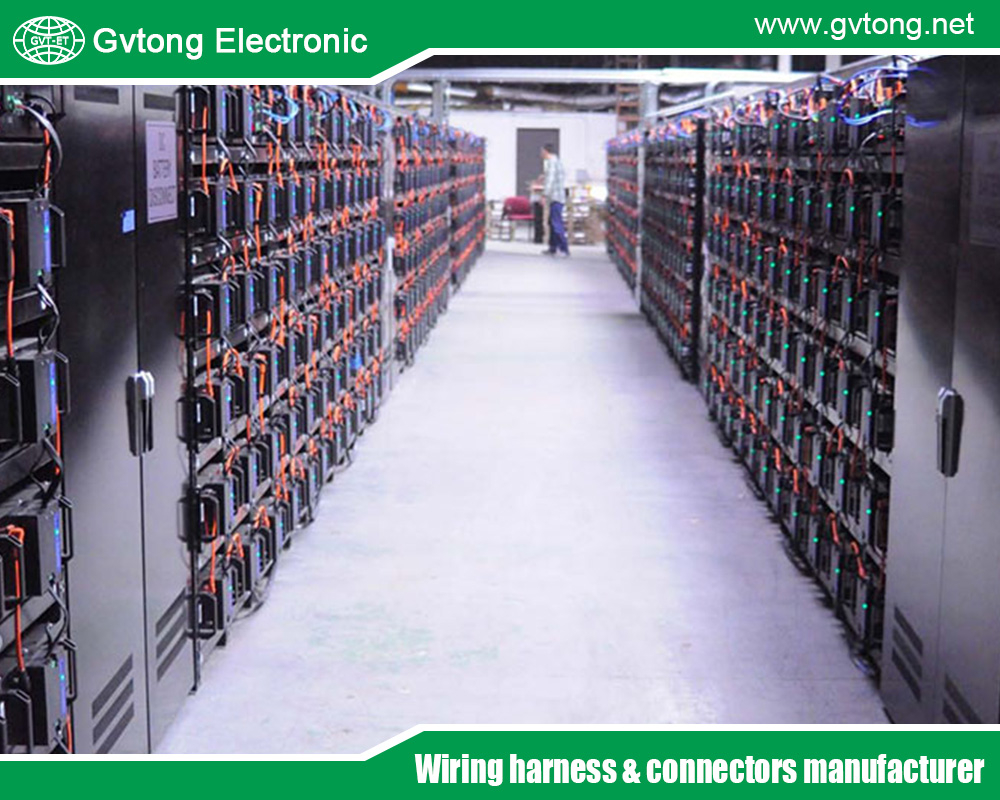
Conclusion
High-voltage connectors are indispensable for NEV transmission systems, requiring robust mechanical and environmental performances to ensure safety and efficiency. Vibration resistance at level 3, temperature tolerance with rises below 50K, and protection levels like IP68 represent core requirements that mitigate risks in demanding applications. Adhering to standards like IEC and SAE, these connectors support the growth of sustainable transportation. As NEV technology advances, ongoing innovations will further enhance their adaptability, driving the industry toward a greener future.
For more about how do high-voltage connectors meet the requirements of new energy vehicle transmission systems, you can pay a visit to Gvtong at https://www.gvtong.net/ for more info.

